As a rule, safe driving is the use of tires that are exactly the weather conditions. Most often, new cars are immediately sold with a set of summer or demi-season rubber. However, when cold weather occurs, the operation of the vehicle becomes unsafe. Therefore, it is extremely important to learn to distinguish winter tires from summer, because in some cases your health or even life may well depend on your choice.
Content
Winter tires, what is the difference between winter rubber from summer
Winter tires are a seasonal type of tires that are designed for efficient clutch with a road surface at a temperature not more than a minus of five degrees. There are two most common types of winter tires - friction and studded. Also important meaning of winter rubber treads.
The main difference between summer and winter tires is the quality of the alloy rubber. Winter tires are the best grip with the surface of the road. They shorten the braking path of the vehicle and provide its good handling. Winter tires have a rather interesting property - they can warm when driving during low temperatures and, with more elastic and soft. It is elasticity and provides high-quality grip with an expensive.
Summer tires are opposite qualities - even at high air temperatures and with rapid motion, it is cooled, putting very uniform and solid. Thanks to this quality, summer tires are very well suited for rapid movement, but only for good road surfaces. In addition, the difference between summer rubber from winter on their life. For example, summer rubber is much faster than winter. Therefore, it is necessary to change it twice as often.
One of the most important qualities of rubber is the maximum speed at which it is allowed to ride it. For this parameter, winter tires is greatly inferior to summer. Even if the grip with dear is very high-quality, it is not recommended to ride in winter faster 140 kilometers per hour. When buying tires, be extremely attentive, since the safety of motion directly depends on their quality. It is necessary to trust only the proven brands, which, conducting a variety of tests, are constantly working on improving their products.
There are several basic signs for which you can visually distinguish winter tires from summer:
- Often winter tires are equipped with special spikes in order to control the vehicle in ice. However, not all winter tires have spikes!
- Winter tires has a deeper protector, since in the winter time of the year there are quite often precipitation falls out - snow or rain, and the deep protector is able to provide an improved clutch if the road is slippery.
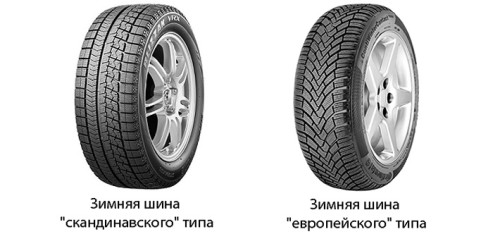
- But the main feature of the difference is drawing. It is thanks to him that you can easily distinguish the winter tires from summer.
Lamella on tires, what it is, what a form is in the lamellae
The lamella can be considered the main element of winter rubber. With the help of these narrow slots in the tire protector, the excellent stability of the vehicle and its excellent running characteristics are guaranteed on snow-covered bad roads.
The shape of the lamella is the most different, for example, lamellas of wave-like form are able to maintain their flexibility in fact in any road and weather conditions, which gives them the opportunity to cut deep into the snow and not lose stability on icing tracks.
The sinusoidal lamellas provide a vehicle worthy lateral stability, and zigzag makes it possible to better maneuver with pointed edges. Three-dimensional or, as they are also called, 3D lamellas have internal supports, due to which the pressure on the protector is more uniform and improves the adhesion with the road.
Regardless of the type of lamellae, the principle of operation they have the same - the clutch of snow with snow. In other words, when the vehicle begins to move, with the help of lamellas, winter tires are deeply enhanced in a layer of snow and as if they "progress" to themselves, pushing a new portion of snow from the contact spot.
On the ice, the lamellas are capable of expanding at the point of contact of the tire and road, while there is an excessive voltage on the edges of the lamellae, and the pressure does not allow the tires to slip when driving. In addition, thanks to the arising force of friction at the point of contact, frictional heat appears, which contributes to the melting of ice and the formation of a thin layer of water on its coating. In order to avoid this effect, water-repellent mixtures are used in the production of winter rubber, which provide reliable clutch of tires and ice.
There are three classes of winter tires - friction, hidden and studded. If winter tires are studded, the protector will be the most rigid that is necessary for reliable fastening in the tire of metal spikes.
Studded tires, advantages and disadvantages
The studded rubber is capable of improving coursework and stability, as well as provide excellent brake properties to the vehicle when driving along a risen snowy road or ice. But do not forget that the movement along dry asphalt leads to zero all the above-described advantages and makes a dangerous ride as a result of a poor grip of metal spikes and asphalt coating. In addition, the studded tires wear out much faster when moving on asphalt than an ice crust or snow. Just just a few braking on asphalt, and you can forget about the studded tires. Therefore, before buying, it will be a good though what kind of winter tires will be better installed. It is recommended to abandon the studded rubber, if the winter is not very cold, and the amount of precipitation is small.
Sweeped tires, advantages and disadvantages
Sweeped tires are self-mounted spikes in specially designated holes, which makes it possible to accumulate rubber when desired. The hissing must be made before the operation of rubber, otherwise there may be problems with mounting spikes. In addition, the installed spikes can fly soon. Often the spinned tires are produced with a tread pattern, which is characteristic of studded tires. That is why they give the necessary effect only in the presence of spikes.
Friction unwanted tires, dignity and disadvantages
Inspecified or friction tires are designed for operation on roads with sluck or on clean, not snow-covered roads. Winter tires have a unique chemical composition and a special composition of rubber, the molecular bonds of which can be destroyed and virtually instantly recovered, resulting in the effect of "suction cups or velcro".
For untapped winter tires, a drawing is characteristic (a certain direction of the tread), which provides the removal of wet snow and water from under the wheels. The tread pattern is asymmetrical, which makes friction tires efficient and versatile for operation in any weather conditions.
Conclusions of professionals
The most best winter tires without a doubt can be called the one that is correctly selected.
This truth that has been told by someone has long been working and still. When buying rubber, road and climatic conditions should be taken into account in which the tires will be operated. Replacing rubber is a comprehensive event, and for savings you have to pay for your safety and health. Replacing tires Only on leading wheels is not an economy solution, it will lead to a reduction in controllability by a car and may well bring you at the most inopportune moment. Everyone knows the saying "I pay twice twice."
Related Materials
- Stove 2110, bad warm stove 2110, VAZ 2110 heating system, repairing the heating system VAZ 2110 with their own hands
- VAZ 2114 stove blows with cold air, stove 2114, bad warm stove VAZ 2114, device and repair of heating VAZ 2114 do-it-yourself, removing the stove VAZ 2114
- How to subdominize the car. How to put a jack. Types of jacks for cars.
- VAZ 2109 Fuse Block, VAZ 2109 Fuse Block Carburetor, VAZ 2109 Fuse Block Injector, Old VAZ 2109 Fuse Block, VAZ 2109 Fuse Block, VAZ Fuse Block 2109
- Car exhaust gas catalyst, faulty catalyst, pluses and cons of the catalyst, how to change the catalyst on the planeencitel
- Stove blowing cold air VAZ 2114, badly blowing the stove VAZ 2114, why badly blowing the stove VAZ 2114
- How to find out the owner of the car by the number of his car, check the car by the number of the traffic police machine, check the car by the state number of the car for free
- How to choose Used tires, Useful Tips
- Winter car road, pressure in passenger car tires in winter, good battery for the car in winter, whether to warm the car in winter
- In winter, the car is poorly started. How to make a car in winter, do you need to warm up the car in winter, useful tips
- Economy fuel consumption machines, the most economical car consumption
- Tires brands for passenger cars, labeling of car tire labeling, residual passenger car tire protector, how to pick a tire on a car brand, car tire tread pattern
- Working transmission operation, mechanical gearbox clutch work, driving with manual gearbox, useful tips
- Rear beam Peugeot 206 sedan, rear beam device Peugeot 206. Rear beam Peugeot 206 Malfunction, repair of the rear beam Peugeot 206
- Diesel fuel in winter, additive for diesel fuel in winter, how to choose the best diesel fuel
- Diesel winter does not start. How to start diesel in winter, heating diesel in winter.
- Japanese bridgestone tires, winter studded bridgestone tires, bridgestone tires brand
- Tire marking decoding for passenger cars, labeling wheels, how to choose the right tires on the disks
- Diesel engine in winter, launch of the diesel engine in winter, what oil to fill in a diesel engine in winter, useful tips
- LED backlight of the car, the backlight of the bottom of the car, the backlight of the legs in the car, the backlight in the door of the car, the backlight of the car is fine
- Recovered tires, bus tire, restored tire protector, can I use them
- Choose winter tires, which is a winter tires, which pressure in winter tires should be marked with winter tires, how to choose the right winter tires, the best winter tires 2019
- Steering rail rail, knock of steering rack, reasons for the knock and repair of the steering rack do it yourself
- Cameless car tires, a set for repair of tubeless tires, repair of the cannon-free tire do it yourself
- Russian tires, Russian tires Winter, Russian All-season tires, Voronezh AMTEL tires, Tires "Matador Omsk Tire", Kama-tires are world-class bus
- How to open a car without a key. Lost the key from the car what to do, the key from the car inside the car
- Silent tires, quiet winter tires, quiet studded bus, which tires to choose, overview tires
- Tires and safety, safety of the bus, why it is necessary to constantly monitor car tires
- Rules of safe driving of the car in the rain and slush, safe driving of the car for beginners
- Rust converter which is better for cars, rust converters to choose how to use rust transducer, professionals
- Polishing the body of the car do it yourself, how to choose a polishing paste, useful tips
- Engine durability, engine life, how to extend engine life
- Knock in the car. Knock when moving the car. What can knock in the car. How to determine the cause of the knock.
- ABS car, what is ABS car, ABS system malfunction, ABS diagnostics
- Overtaking a car when you can start overtaking a car, rules of traffic rules
- Fuel pump VAZ 2110, VAZ 2110 gas station scheme, VAZ 2110 fuel pump device, VAZ 2110 gas station repair,
- Automotive antennas for radio, automotive antenna device, car antenna do it yourself
- Front suspension Kalina, device front suspension Kalina, knock in front suspension Kalina, repair of front suspension Kalina
- Shock absorber Oil, best oil shock absorbers, pumping oil shock absorbers, how to properly pump oil shock absorber
- Clutch malfunctions, touches clutch, causes a clutch malfunction, how to eliminate
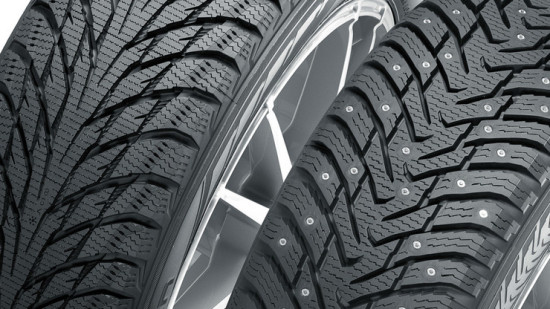
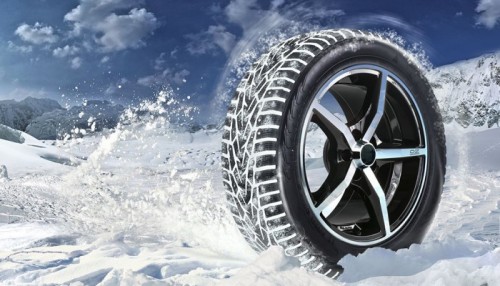

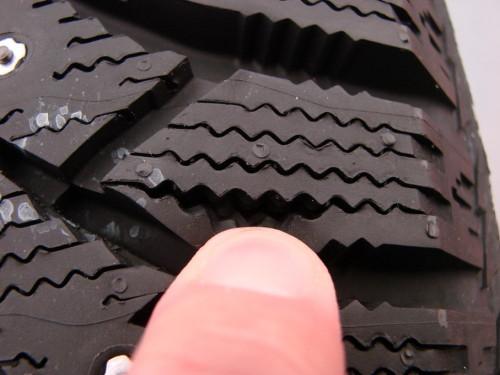
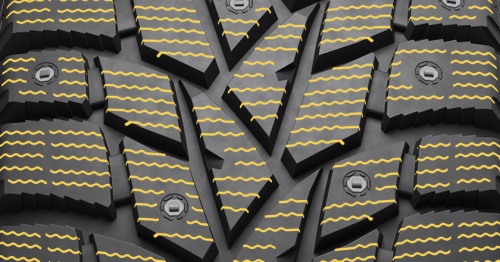

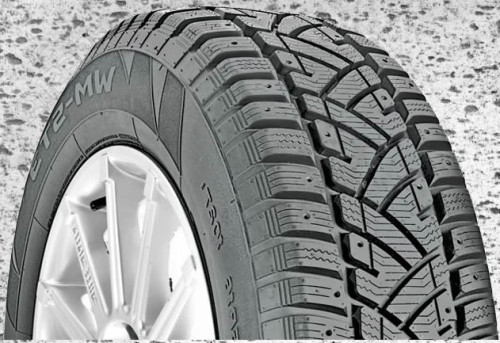
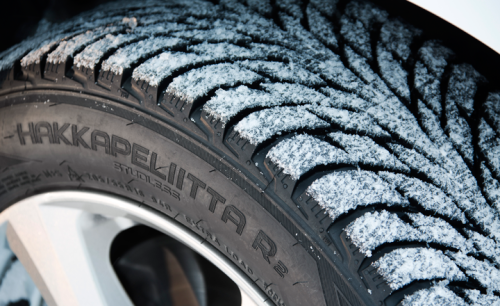






Comments